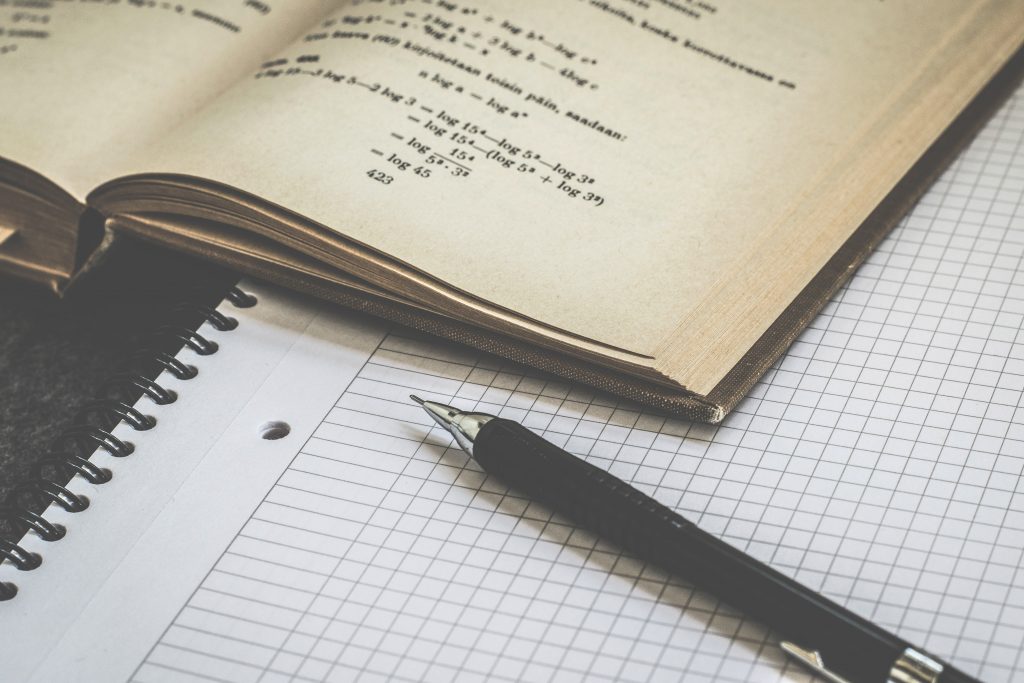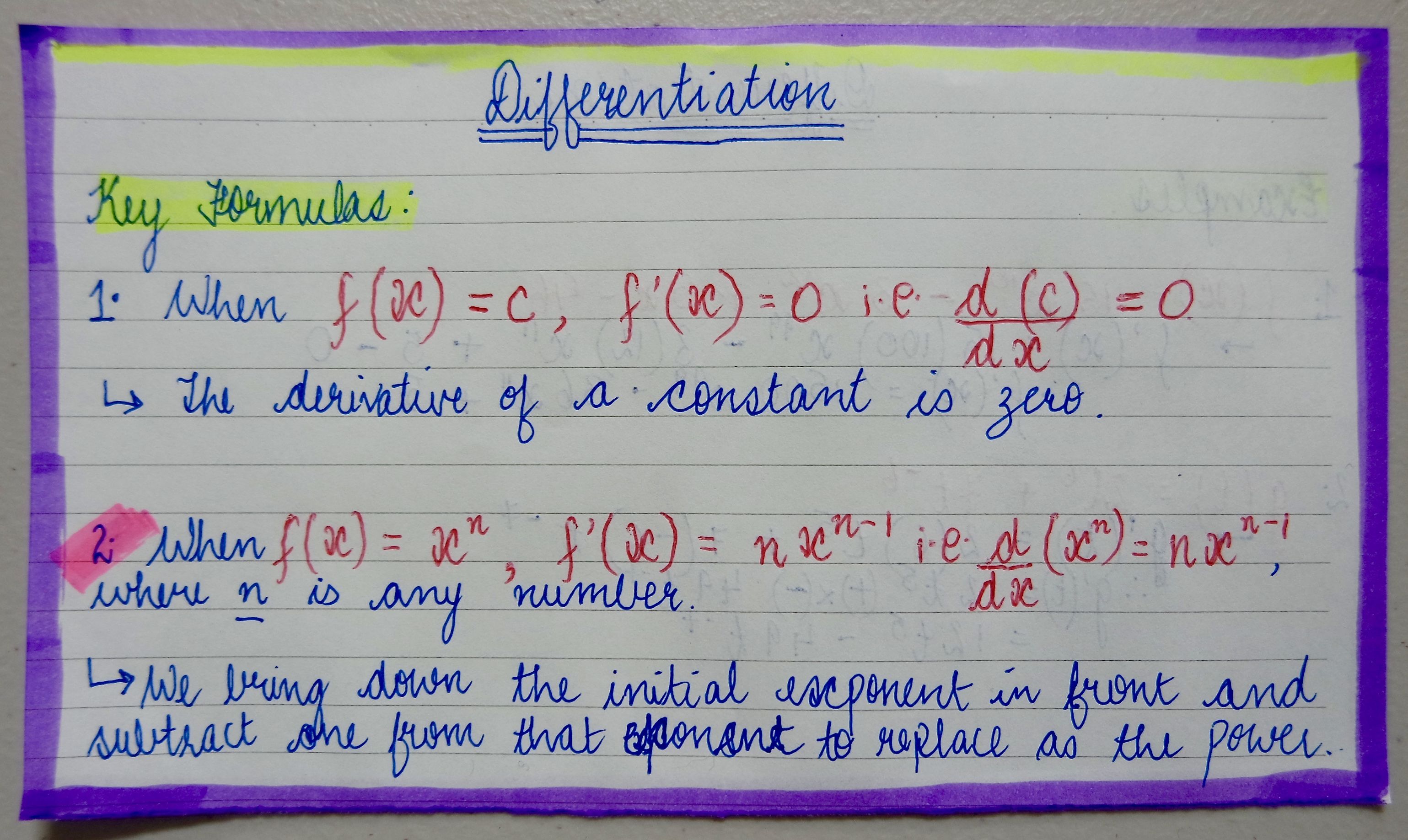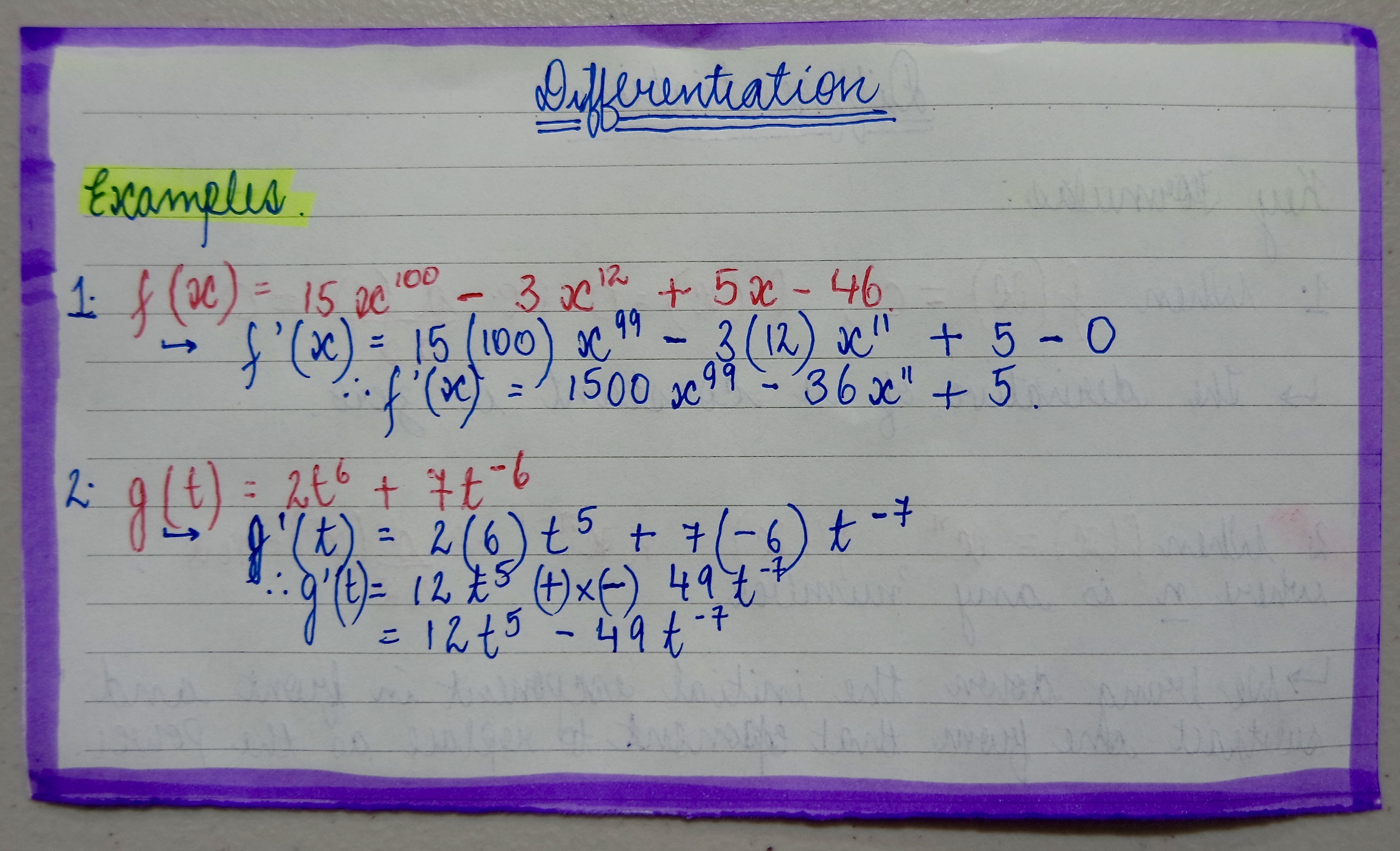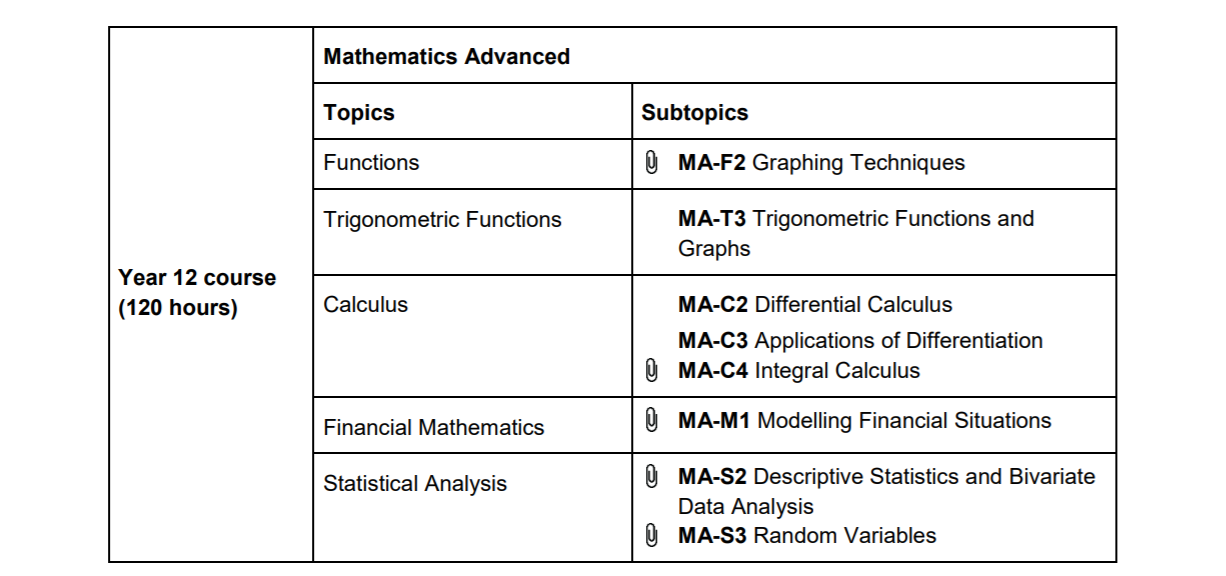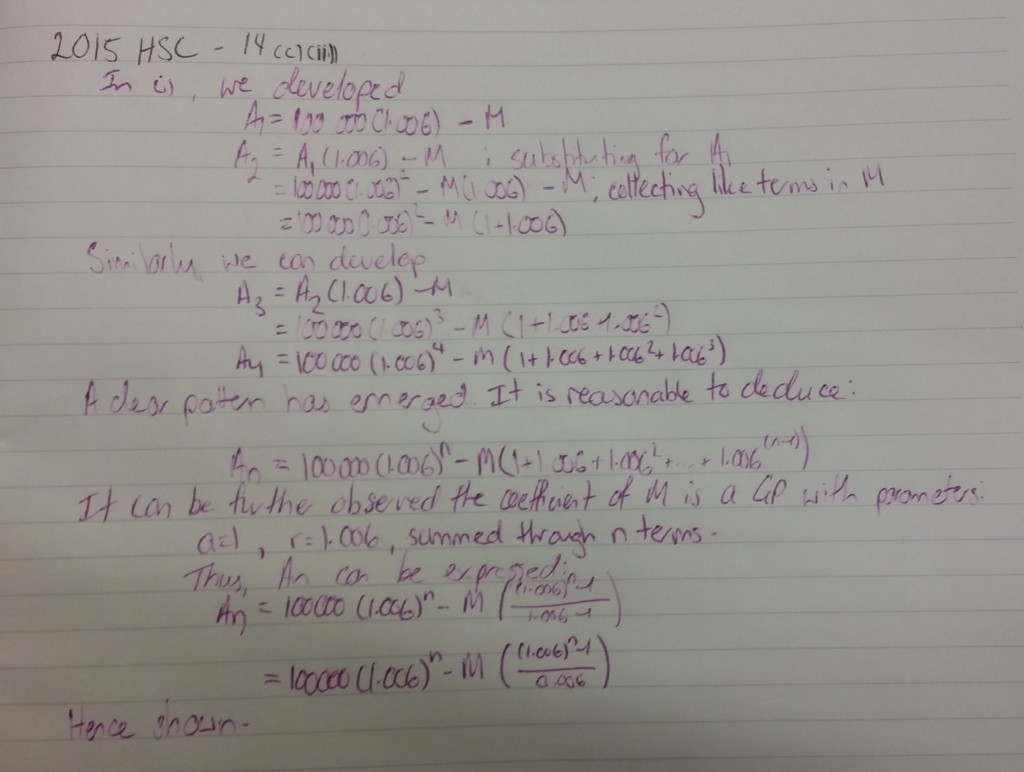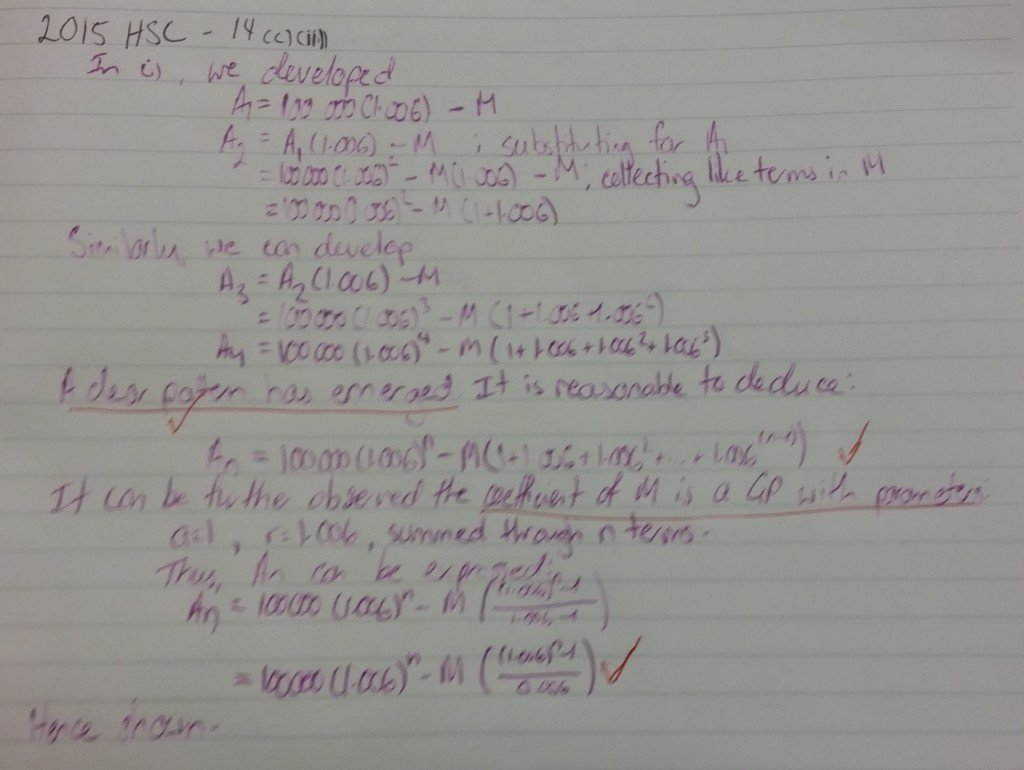Struggling to even begin writing your Advanced Maths study notes? You’re not alone!
Writing notes for Maths can seem impossible — what do you include in them? How do you structure them?
Luckily for you, we’ll be answering these question in our simple 4 step guide to creating HSC Advanced Maths study notes so you can get that Band 6!
Why should you bother creating your own study notes?
When should you make these Maths notes?
What are the different types of notes you can use in Maths?
How should you make effective Maths notes?
Step 1: Always start with the syllabus
Step 2: Write out the development of formulas
Step 3: Use a worked example
Step 4: Make connections between the definition and application
Why should you bother creating your own study notes?
Making notes enables you to conserve time in the future.
Study notes act as a quick recap of everything that you have done at school. This is especially helpful when it comes to long topics like probability and calculus that require a lot of note-taking.
Making notes, in itself, aids memory retention. So if you write down your formulas, you won’t have to spend as much time re-reading them to memorise them.
You can also annotate notes. This means that if you were to suddenly remember that a particular formula is essential, you can write a big IMPORTANT in its margins.
Making your own notes enables you to customise them according to your needs. i.e. add more detail to one topic which might not have been covered in detail but which is important for you to understand.
Having your notes ready makes you want to study instead of procrastinate.
If you’re struggling with motivation, get in touch with our HSC Maths Tutors Sydney and HSC Maths Tutors Sutherland Shire who know exactly how to help you stay consistent with your study notes and can introduce helpful tips and tricks!
When should you make these Maths notes?
Ideally, you should be making notes as you cover each topic in class.
This helps strengthen the concept in your mind and helps you understand and remember it better.
For example, make notes for algebra as you cover the topic.
However, if you can’t achieve that, then, at the very least, try to make notes at the end of each week or fortnight.
This is so that at the end of a term, at the time of the major assessments, you don’t feel overwhelmed by the amount of notes that you have to make.
Take extra notes on topics that you find trickier and make those notes as you cover those topics or you run the risk of forgetting them and making the task even harder for yourself.
What are the different types of notes you can use in Maths?
Flashcards
Make your Mathematics notes on a flashcard!
One side should cover the theory and the other side can cover the practical application of the theory in form of some textbook examples.
Handwritten notes
Or, you could try handwriting your notes.
According to Dr Horvath, taking notes by hand enabled information to be processed more deeply, which aided its transfer into lasting memories. He said the process “forces you to pay attention, identify key words”.- The Australian
Considering the above tidbit of information in context of Maths, where the notes are very formulae heavy and diagram dense, I would say that it is prudent to hand-write your notes instead of reverting to your trusty laptop.
How should you make effective Maths notes?
Step 1: Always start with the syllabus
This is the 2 Unit HSC Mathematics syllabus. It looks like this:
Make sure you have headings for each of the topic and subtopic according to the syllabus. This will help you keep your notes organised!
Start a fresh page for each new topic to ensure that notes from the same topic are kept together.
If you need a quick recap of the content of each syllabus dot point, make sure you check out our FREE video resources explaining each Maths syllabus dot point over on HSC Together here!
Step 2: Write out the development of formulas
This will help you understand not just how the concept works but why it works.
That right there is the essential difference between maths before the HSC and maths in the HSC.
Before the HSC, maths was like sewing using a pattern. You were provided all the steps, and all the materials, and the only thing you had to do by yourself was actually make the thing.
But now, it’s more like designing that pattern. You’re given the tools to figure out what the best fabric for the job is, and which type of stitch would do the job you want done.
But, at the end of the day, you have to make the calls, and justify those decisions to other people.
In the HSC, you’re expected to be able to figure out solutions using fundamental knowledge, and that’s what we’re teaching you.
We’re not teaching you to sit an exam, we’re teaching you to think. So, knowing where a formula has come from is the fastest way to know where it’s going.
When writing your notes, make a big deal out of the formula! Use lots of colour – whether that be different coloured highlighters, different coloured pens or at least a big box.
Step 3: Use a worked example
Remember, the marker can only mark working that they understand!
So, it’s important that you learn to lay out your working in an easy-to-read way that shows off what you’re doing.
The best way to do this is to use fully worked examples. By this, I mean every step is shown and explained and justified.
Yes, this may involve a lot of words, but if you want full marks, so will your exam answers. Have a look at this one I’ve done to question 14c ii) from 2015’s HSC paper.
See how every little thing I do is explained? Not the algebra, because that’s just assumed – but the maths proper.
I’ve deduced a pattern, so I’ve said that. I’ve treated the coefficient of M as a GP, so I’ve said that.
This is important in your note set because it’ll help you understand how the problem works, and this means you’ll be able to adapt your approach to the specific question you get in an exam.
And remember, more than anything, your exams are built to test understanding, so this’ll be reflected in the marking criteria.
I took a look at the marking criteria for the question above, and out of three marks, take a look how many sit on the equations as opposed on the words:
Would you look at that? Two marks for the words, and only one for the equations!
That’s because, in this level of question, the real maths is in the words – it’s not about the solution you get but how you got there.
So labour your worked examples to really draw out your understanding of what you’re doing!
Step 4: Make connections between the definition and application
This is what you’ll have to do in order to make those difficult connections that are the difference between a band 5 and a band 6.
You know that a when a curve has a derivative of 0, you either have a maximum or a minimum – but why?
You know that testing the value of the second derivative can distinguish between minima and maxima – but how?
You know how to find the volume of rotation – but why does the formula work the way it does?
To make a long story short, to understand where a formula is going, you need to know where it came from.
This’ll let you know what situations you can and can’t use that formula in.
So, in your note set, whenever you write down a formula (after you’ve highlighted it to bejeesus and drawn a box around it, like we said in step 1), write down one sentence explaining where it comes from.
So for the volume of rotation formula, it may read a little like this:
This formula is developed by dividing the area under the curve into rectangles, rotating them to create cylinders, and then finding the limiting sum of the volume of all the cylinders as their width is allowed to approach 0.
See how, when you actually pair the formula back to its root and take a good hard look at it, it makes an awful lot more sense than it did when it was just a bunch of letters?
That sense-making will help you use the formula right, and to boot, if you write it in your own words, you’ve inherently learned something from processing the information your teacher or coach or textbook told you.
So even if you think it’s a bit silly, try writing out some maths notes.
I promise you, you’ll find your marks going up as you learn to think rather than just regurgitate solutions you’ve rote-learned.
And there you have it! Hopefully you’ll be on your way to writing some effective HSC Advanced Maths study notes!
Got other subjects you need to create study notes for?
We’ve got guides for a range of subjects, which you can check out below:
- Biology
- Chemistry
- Physics
- Legal Studies
- Economics
- Visual Arts
- PDHPE
- Standard & Advanced English
- Standard Maths
- Modern History
- Ancient History
Looking for some extra help with HSC Mathematics?
We pride ourselves on our inspirational HSC Mathematics coaches and mentors!
We offer tutoring and mentoring for Years K-12 in a variety of subjects, with personalised lessons conducted one-on-one in your home or at one of our state of the art campuses in Hornsby or the Hills!
To find out more and get started with an inspirational tutor and mentor get in touch today!
Give us a ring on 1300 267 888, email us at [email protected] or check us out on TikTok!
Mansahaj Kaur completed her HSC in 2015 and now studies Bachelor of Commerce/Laws at USyd. She thinks that English is the most versatile and loveable language on planet Earth and she loves dabbling in anything English related, writing included. But then again, this could be because she hasn’t learnt French or German or Japanese yet. But it’s on her bucket list, mind you! Her desire to learn another language or two is only matched by her passion for eclectic tones and mystery dramas- yes yes, Sherlock, too. She is an avid reader and writer, her favourite series still being Harry Potter, despite her having read numerous renowned classics. Mansahaj likes to think that by becoming a lawyer, she might be able to make a slight, small-as-your-pinkie, teensy difference in the world; but that could be wishful thinking!

